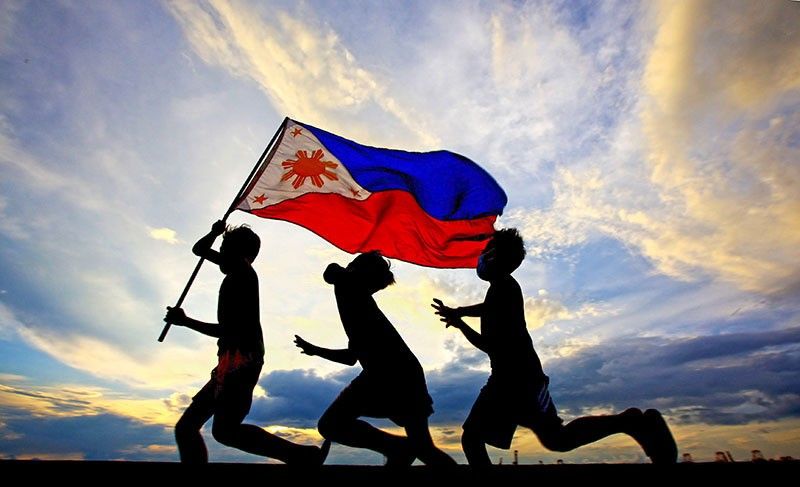Araw ng Kasarinlan
Independence Day is a day when many people, including government officials, employees, and students, participate in nationwide parades. However, the main highlight is the police and military parade in Manila headed by the country’s incumbent president, followed by a speech and a 21-gun salute. Many Filipinos spend the day in parks and malls. Many Filipino communities in other countries also observe the nation’s Independence Day celebrations.
The annual June 12 observance of Philippine’s Independence Day came into effect after past President Diosdado Macapagal signed the Republic Act No. 4166 regarding this matter on August 4, 1964. This Act legalized the holiday, which is based on the Declaration of Independence on June 12, 1898 by General Emilio Aguinaldo and Filipino revolutionary forces from the Spanish colonization. The Philippines’ flag was raised and its national anthem was played for the first time in 1898. However, liberty was short-lived because Spain and the United States did not recognize the declaration.
The 1898 Treaty of Paris ended the war between Spain and the United States. Spain surrendered the entire archipelago comprising the Philippines to the United States. The Philippines started a revolt against the United States in 1899 and achieved national sovereignty on July 4, 1946, through the Treaty of Manila. Independence Day was officially observed on July 4 until the Republic Act No. 4166, which set out to move the holiday to June 12, was approved on August 4, 1964.
References:
https://www.timeanddate.com/holidays/philippines/independence-day
https://media.philstar.com/photos/2021/06/12/flag-1_2021-06-12_09-49-26.jpg



Comments
Post a Comment